Coots is a Latin term and name of mid-sized water birds, closely related to moorhen. We can often find them in open waters swimming. There are various types of coots, some of which are the American coot, Eurasian coot, Andean coot, Horned coot, red-gartered coot, Red-knobbed coot, and others. Let us see more about this bird in the next sections.
The Appearance and Characteristics of Coot Bird:
These birds have partly webbed feet with strong toes that are very long. They have greenish-grey legs which are very strong compared to the other rail species. The face and head have a reddish plumage. They make a loud sound which is often trumpeting, crackling, or hissing.
Weight: 600-800 grams
Length: 35-40 cm
Color: There is black plumage with a white frontal shield in adult birds. It is pale in the case of the younger species. The beak is white or pale pink.

Temperament:
These birds have a social nature and like living in groups but have not yet been domesticated by humans. They move in flocks and remain vigilant about any predators, on approaching which, they make a huge noise. The noise makes it difficult for the predator to catch them. Predation and starvation are the primary reasons for their mortality.
Coots Breeding:

The breeding season for coots varies with region. In Europe, it is February to September and in the Indian subcontinent, it is May to September. Coot bird breeds with a mate in one season and they together care for the offspring. But in the next season, it breeds with a new mate.
Grass, reeds, and leaves are used by it to create its floating nest. Sometimes they create it on bushes, or raised platforms too. It can accommodate up to 10 eggs.
Coots Diet:
Coots feed on plants like aquatic vegetation such as reeds, seeds, grass, berries, buds, flowers, moss, algae, and cereal crops. Other small animals like shrimp, aquatic insects, larvae, mollusks, small fish, and small birds are also something they feed upon. They can be found grazing on land, near the edges of the water, or while diving in the water.
Coots Migration Pattern:
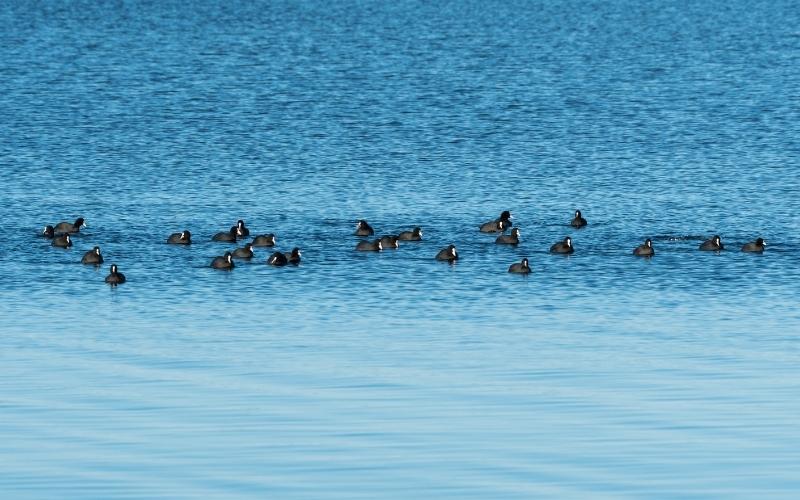
Coots in Europe and Asia migrate to the south from mid-august to November. Their return movements occur from February to May. But the resident coots move in the local areas for breeding and foraging.
The Global Population of Coot Bird:
Globally, there are around 8,900,000-9,800,000. So this is not a vulnerable species. Human activities have resulted in a reduction of marsh areas and wetlands which is the primary threat to the survival of these birds. Other such unfavorable factors include predators, drowning in the fishing nets in freshwater, avian influenza, hunting, poisoning, and pollution from oil and petroleum products.
Caring for the Coots:
These birds can be found in some zoos where they get enough water for swimming and diving. They are fed with different fish and insects. Staying in enclosures with the smaller waterfowl is something they like.
Conclusion:
Coot birds don’t make good pets as they are wild and not friendly with humans. It is illegal in certain places to capture them or hunt them.

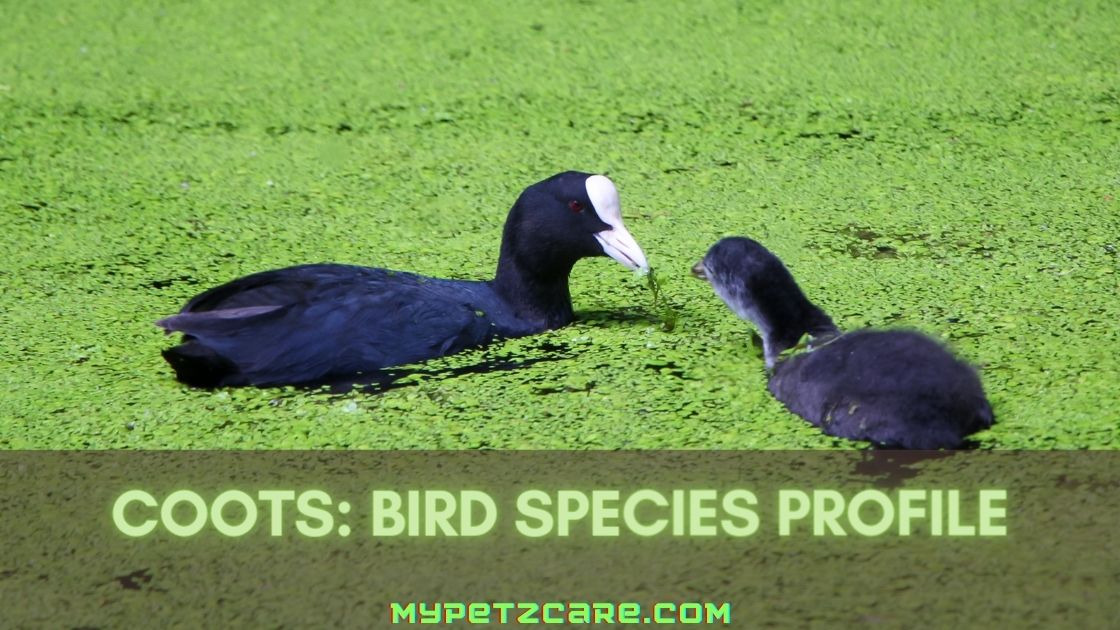


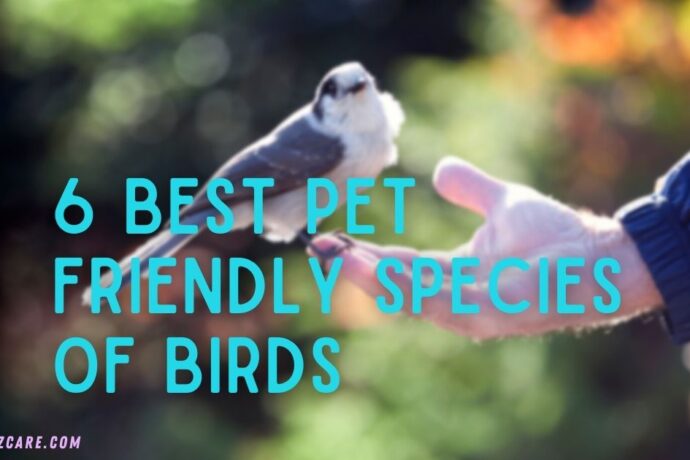

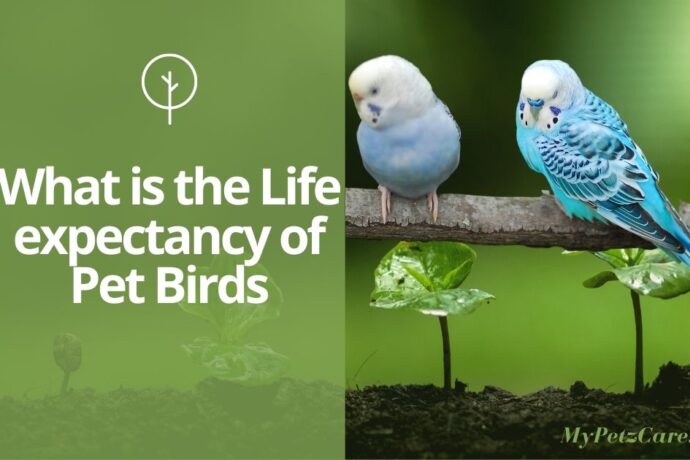

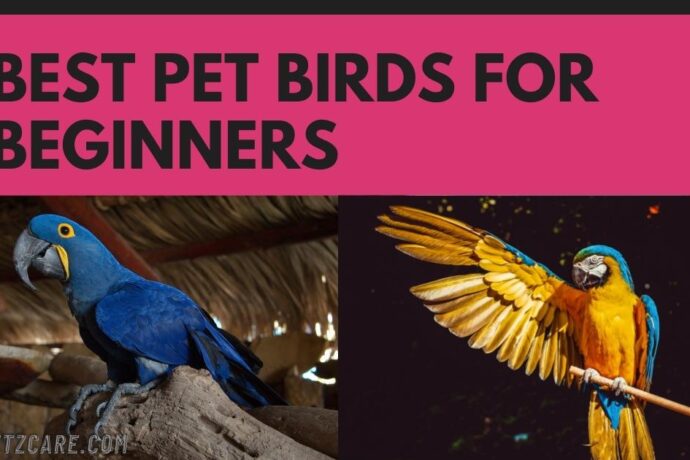

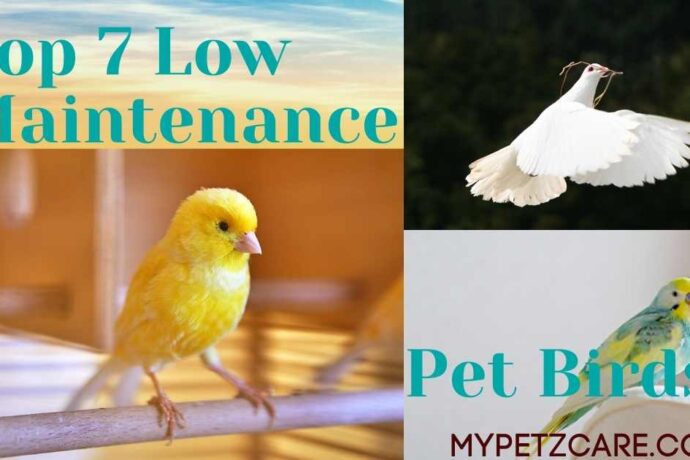

Leave a comment